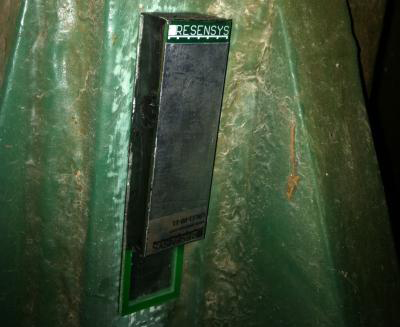submitted by Samuel Bendett
Homeland Security Newswire - August 1, 2011

Sensor mounted to bridge member // Source: gizmag.com
One of every four U.S. highway bridges has known structural problems or exceeded its intended life-span. Most only get inspected once every one or two years; University of Maryland researcher has developed a new sensor that measures indicators of a bridge's structural health, such as strain, vibration, flexibility, and development of metal cracks; the sensors are expected to last more than a decade, with each costing about $20
Millions of U.S. drivers cross faulty or obsolete bridges every day, highway statistics show, but it is too costly to fix all these spans or adequately monitor their safety, says a University of Maryland researcher who has developed a new, affordable early warning system.
This wireless technology could avert the kind of bridge collapse that killed thirteen and injured 145 along Minneapolis’ I-35W on 1 August 2007, he says — and do so at one-one-hundredth the cost of current wired systems.
Recent Comments